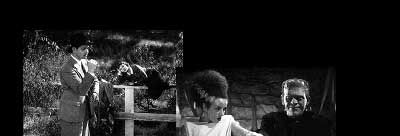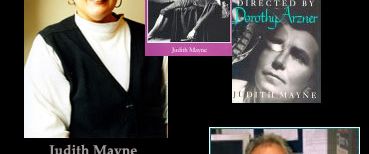





Garbo may be a great star,a great star actress becauseof what we bring to each of us is a projector, and she is a scream.We watch our dreams, upon her.
(Robert TAYLOR)
Film historians and scholars have agreed that the 1930s decade was the most significant period in which Hollywood adopted its most recognised industrial features. Among these features, it can be said that Hollywood movies were identified because of a unique visual style, a paradigmatic and standard narrative, an "invisible" cinematic signature, strong marketing strategies and commercial formulas in the media. The decade of the 1930s was the time of the Musical, Screwball, Comedies, Westerns, Melodramas, and Horror movies among other genres. However, Hollywood movies of the 1930s are often remembered because of the stars' appeal to the audiences.
One of the explanations behind this cultural phenomenon relies upon the interaction of many factors related with the social context of that particular decade. The effects of the economic Depression that took place in 1929 defined the thirties, and its impact within America's population created a new social energy. This new configuration was expressed into a search for desires, collective and individual dreams, and the reflection of national values and goals. In other words, the 1930s decade was a time to define ideology. The concepts of "ideology" and "dominant ideology" imply many considerations to be taken in account. It would be fair to say that ideology is an inherent feature of any society, and thus, each society creates its own distinctive ways and resources to establish, represent and consolidate any ideological system. At the same time, it is argued that cinema function as an ideological vehicle and film stars represent ideological values; taking in account this main ideas, film criticism have created an extensive academic body work regarding this line of study.
This essay will explore the relations between ideology and cinema by analysing the role played by film stars within this process. Stars studies work with four basic approaches: semiotics, intertextuality, psychoanalysis and audience studies. The essay's aim will be to apply the theoretical framework in order to explore the ideological meaning of Greta Garbo, one of the most recognised film stars of the Hollywood of the 1930s, through making reference to the films Camille (1936) and Ninotchka (1939).

Exploring the Concept of Ideology
The
French theorist Lois Althusser proposed the most influential theory that
address the term of "ideology". Althusser's theory challenged
the traditional Marxist notion of "false consciousness" or simple
distortion of the economic realities of a given culture. In other words,
the concept or term of ideology can be understood as a set of commonly
agreed ideas that reflects the values and beliefs of social groups in
any society. At the same time, the "dominant ideology" reflects
the ideas of any dominant social group. In addition, "burgeois ideology"
is defined as the 'ideology generated by any class society through which
the dominant class comes to provide the general conceptual framework for
a society's members, thus furthering the economic and political interest
of that class' 1.








